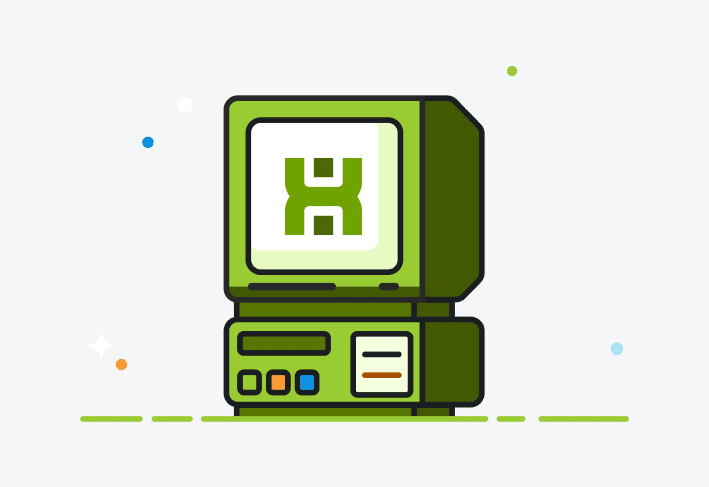Automated patch management is the process of distributing patches automatically. It removes as much human effort from the process as possible. Instead of sysadmins spending hours distributing patches manually, systems intelligently distribute patches to targeted devices automatically.
What is patch management?
Patch management is the process of distributing patches or updates to devices, systems, and software. Patches generally introduce new features, implement quality-of-life changes, or fix security vulnerabilities. Patch management is critical to an organization's security posture. Unpatched systems and devices can leave networks vulnerable to crippling cyberattacks, such as ransomware and malware.
How automated patching works
An automated patching system identifies patching needs, schedules deployments, distributes prebuilt update packages, and provides feedback, usually in the form of reports. While no two automated patching systems operate exactly alike, they generally allow users to create, modify, and maintain an automated patching schedule that conforms to their organization’s patch management policies.
Why is automated patching important?
Automated patching is important because it’s significantly faster and more efficient than manual patching. Manually patching vulnerabilities is a long, tedious process that takes hours to complete. And as sysadmins, we aren’t huge on long, tedious processes — nor can we afford to do them with our already overflowing to-do lists.
Patching isn’t one of those tasks we can put off until it’s convenient. Cyberthreats remain one of the most significant risks to organizations with a digital footprint, and every unpatched vulnerability is an open invitation for cybercriminals.
Vulnerabilities have always been a popular entry point for bad actors. According to the IBM X-Force Threat Intelligence Index (2023), threat actors have 78,000 known exploits to rely on to carry out their nefarious activities. And although the number of vulnerabilities dropped between 2021 and 2022, we still faced more than 11,000 medium- to high-severity vulnerabilities in 2022, according to NIST.
To protect their fleets, many organizations invest heavily in modern security solutions, such as next-generation antivirus (NGAV) and endpoint detection and response (EDR). However, patching remains a crucial element of cybersecurity and vulnerability management.
“As the Nation’s Cyber Defense Agency, the Cybersecurity and Infrastructure Security Agency (CISA) sees how our nation’s adversaries operate and what tools they use. While some of these adversaries use advanced tools and techniques, most take advantage of unpatched vulnerabilities, poor cyber hygiene, or the failure of organizations to implement critical technologies like multifactor authentication (MFA). Sadly, too few organizations learn how valuable MFA is until they experience a breach.” — Jen Easterly, Director, CISA
What are the advantages of automated patch management software?
Automated patch deployment is an obvious win for sysadmins. IT teams are often drastically outnumbered by the devices and systems they manage. Automated patch management software radically reduces the resources required to meet the demands of their infrastructure.
Here are some of the most significant advantages of using an automated patch management tool:
Ensures devices and systems are updated regularly.
Assists with vulnerability management by rapidly patching security vulnerabilities.
Automatically downloads the latest patches from vendors.
Helps administrators quickly identify vulnerable systems.
Allows sysadmins time to focus their efforts on managing their networks and supporting their users.
What to look for in an automated patch manager
While automated patch management systems vary in design, each needs standard functionality to be truly automatic and effective.
Information gathering
Information gathering is one of the most critical steps of patch management, but it's easy to overlook, especially in a manual patch management process. Without detailed and up-to-date information, there’s no way to identify which device or system needs to be updated.
Many automated patch management solutions regularly scan devices to collect system information and identify missing OS and application patches. Some solutions extend this functionality to return additional information, such as hardware and user details, to provide a more comprehensive view of endpoint data.
Patch downloads
Another critical component of automated patch management solutions is the ability to download new patches from vendors automatically.
Generally speaking, it’s easy to download patches. However, if you manage products from dozens of vendors, staying on top of patch releases can get challenging. You'll often fall behind on critical updates, and leaving a vulnerability unpatched could leave your network exposed to cyber risks. An automated patch management solution can eliminate this process by automatically downloading updates from vendors as soon as they become available.
Package creation
One of the most convenient features of an automated patch management solution is prebuilt deployment packages.
Packages contain all the necessary steps, files, and information to ensure the successful distribution of an application or patch. Package requirements vary greatly. Some need little more than an install file, while others require extensive commands, prerequisites, undocumented switches, multiple success codes, and post steps. Process automation is a very welcome quality-of-life component.
Package distribution
Distributing packages is the heart of the automated patch management process. It helps ensure packages are distributed silently across your network with minimal downtime for your users.
An automated patch management solution gives you complete control of the distribution process. Administrators define policies, create schedules, and designate target collections. Once configured, distribution systems ensure endpoints are kept up to date as new patches become available.
Automated reporting
Automated reporting is the last piece of the patch management puzzle. Patch management reports provide users with quick access to essential data. These reports help users quickly verify deployment results and identify patched and unpatched endpoints. Auto-generating and distributing reports ensures users always have the necessary information to keep their devices patched and their networks secure.
If you're interested in learning how to generate auto-reports in PDQ Inventory, we've got a detailed guide covering the process. These reports will help track which security patches have been distributed and which devices may be missing a patch.
How to choose the right automated patch management software for your organization
There are many patch management tools available. Finding one that meets your IT department's and organization's needs should not be taken lightly.
When looking at different solutions, ask yourself these questions:
Is the product truly automated?
Does it provide detailed, up-to-date information about your endpoints?
Does it automatically download OS and third-party patches?
Are the packages prebuilt and ready for deployment?
Does the product automatically distribute packages according to an easily defined user-generated policy?
Can it autogenerate reports to ensure you stay informed of your patching needs?
Does it strengthen your cybersecurity posture and help keep your users, data, and digital assets safe?
If you're looking for a patch management tool that meets all these requirements and more, then check out PDQ Deploy & Inventory. PDQ Deploy & Inventory can automate all your software patch management needs, helping you deploy patches and secure your network. Test out a 14-day trial of PDQ Deploy & Inventory for free.




